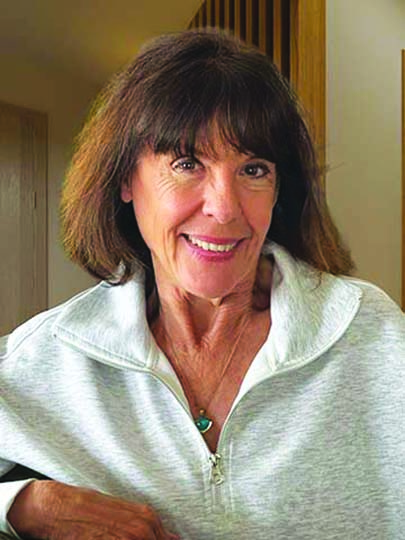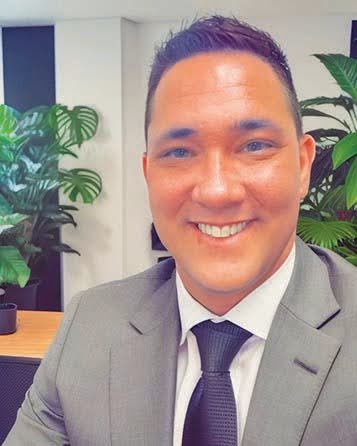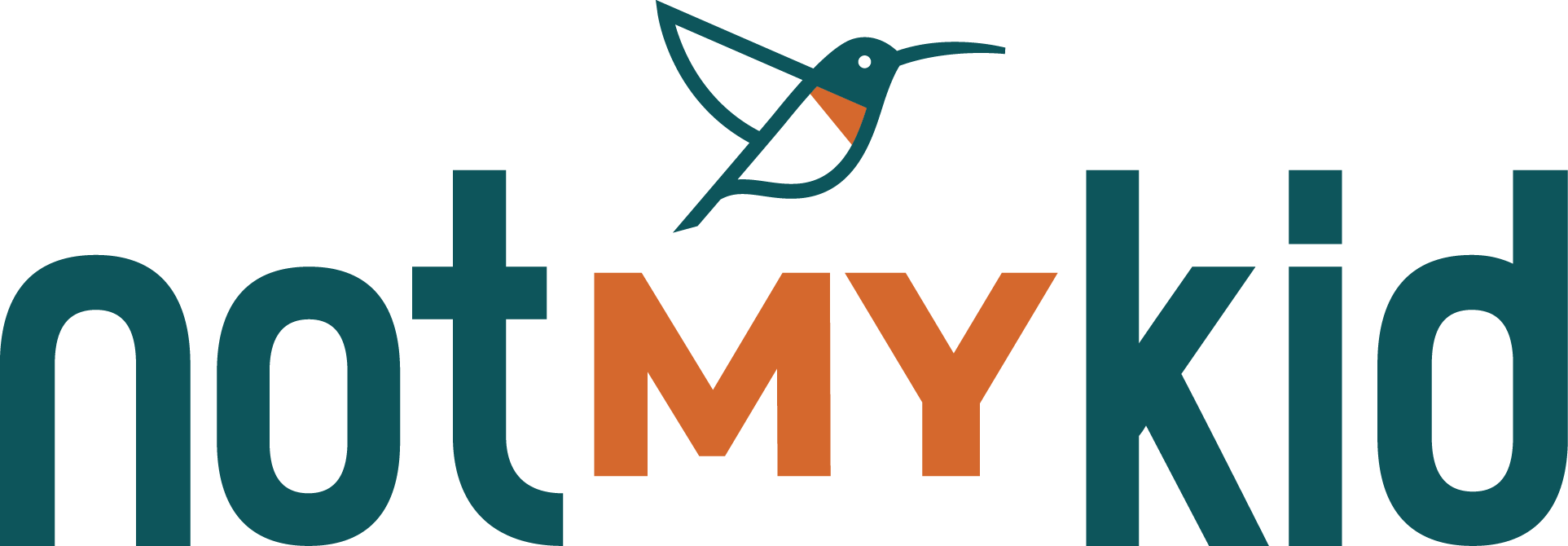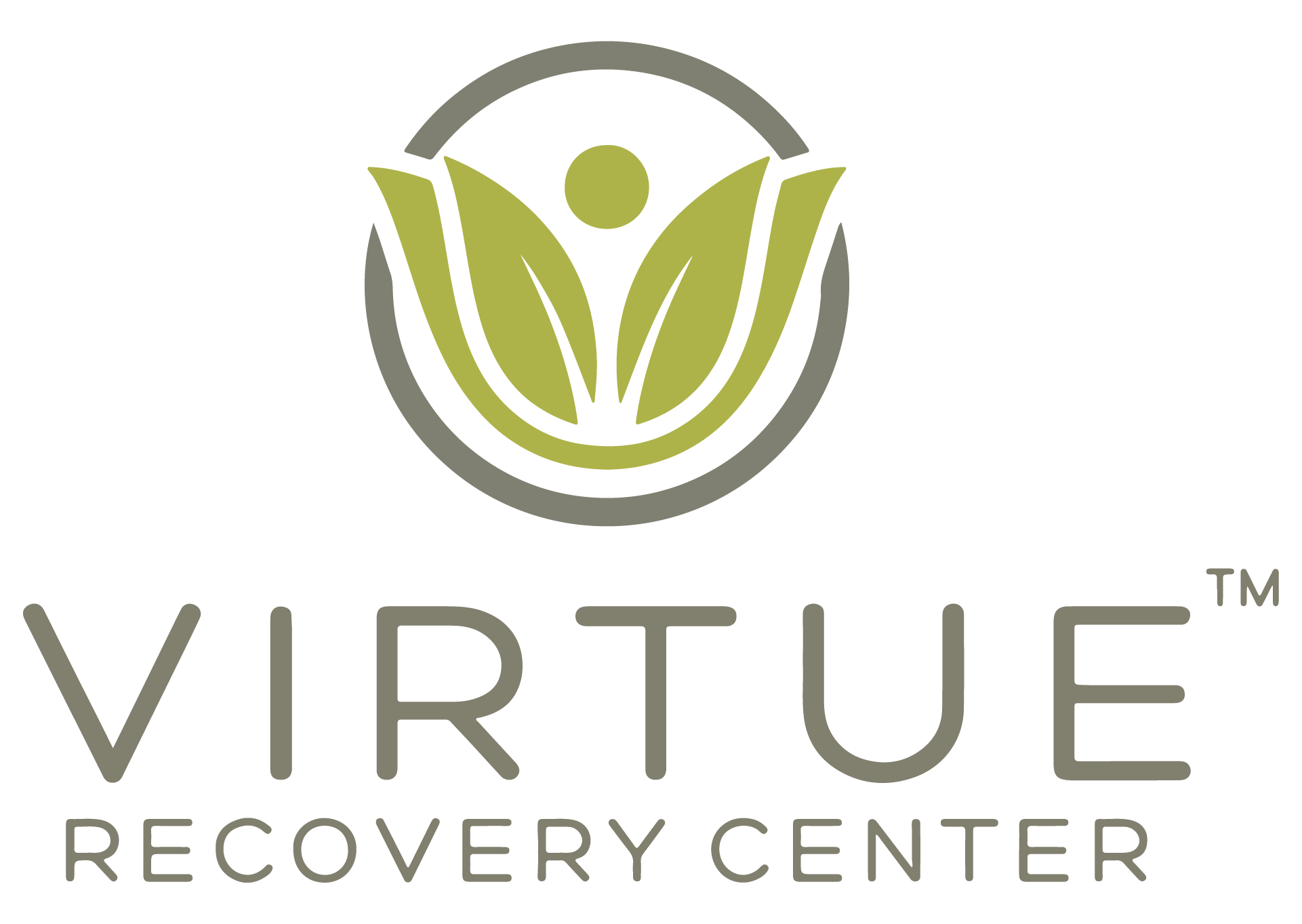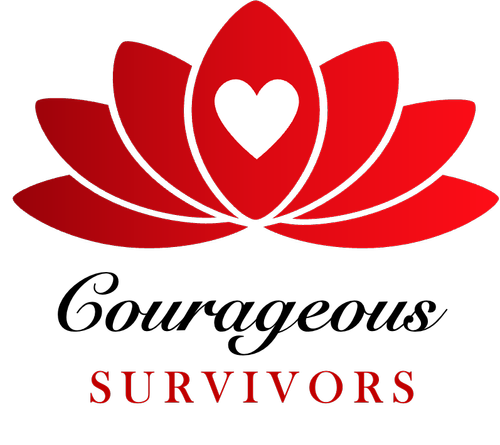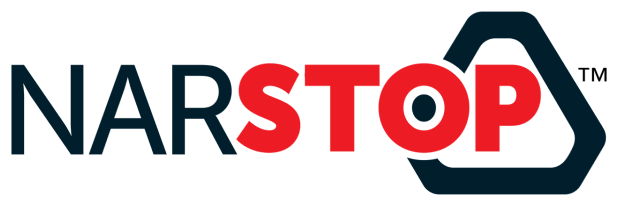The Way Forward for Addiction Treatment
By Bradley Callow and Michael Rass
The United States has a serious addiction problem. Drug overdose is now the leading cause of accidental death, with 47,055 lethal drug overdoses in 2014. Opioid addiction is driving this epidemic, with 18,893 overdose deaths related to prescription pain relievers, and 10,574 overdose deaths related to heroin in 2014.
The Staggering Numbers
In the same year, 467,000 adolescents (12-17 year-olds) were current nonmedical users of pain reliever, with 168,000 having an addiction to prescription pain relievers. It is not only young people, either. A New York University study recently concluded that older adults are now the largest age group seeking help in narcotic painkiller and heroin treatment programs.
 |
| Photo: ISTOCK |
Since 1999, the amount of prescription painkillers prescribed and sold in the U.S. has nearly quadrupled, yet there has not been an overall change in the amount of pain that Americans report. The number of fatalities has increased accordingly. Over-prescribing opioid pain relievers (OPRs) has unleashed heroin addiction. Ninety-four percent of respondents in a 2014 survey of people in treatment for opioid addiction said they chose to use heroin because prescription opioids were “far more expensive and harder to obtain.”
What about Alcohol?
The National Institute on Alcohol Abuse and Alcoholism, (NIDA) reports approximately 7.2 percent or 17 million adults in the U.S. ages 18 and older had an alcohol use disorder in 2012. Adolescents can be diagnosed as well, and in 2012, an estimated 855,000 adolescents ages 12–17 had an alcohol use disorder.
A recent report from the American Society of Addiction Medicine indicated more than 20 percent of licensed attorneys use alcohol at levels that are considered “hazardous, harmful, and potentially alcohol-dependent.”
In November, an op-ed on “CNN” suggested we are in the process of becoming “a nation of addicts.” In the piece, Bob Beckel, reveals in his youth, it took “many years of heavy drinking to become a career alcoholic. This year, it took less than eight weeks of medical treatment to become addicted to OxyContin and Percocet.”
An Old Problem
Although the current crisis seems especially problematic, addiction to drugs and alcohol has a long history in the United States. Since the beginning of the republic, treatment specialists have been trying to help people with drug and alcohol problems.
However, 240 years ago, nobody understood alcoholism and drug addiction the way we do now. According to Puritan minister Increase Mather “Drink came from God but abuse of drink from the devil.” (Wo to Drunkards, 1673)
“The Pilgrims and the Puritans, unlike most professionals today, saw the bad kind of drinking as a moral failure. As a result, the only recourse they had when faced with the destructive nature of drunken citizens was physical punishment. It didn’t work. They had no real treatment for alcoholism and no real understanding of what it was—they only knew that it was from the devil.” (Susan Cheever, Drinking in America. p33)
Americans drank copious amounts of alcohol. As historian W.J. Rorabaugh put it in The Alcoholic Republic, “They drank from the crack of dawn to the crack of dawn. […] Americans drank before meals, with meals, and after meals.”
Not surprising, this caused quite a few addiction problems and like today — families were torn apart by substance use disorders, notably the family of the 2nd president, John Adams, whose sons Charles and Thomas both struggled with alcoholism. Charles died of liver cirrhosis at the age of 30.
One of the first medical professionals to regard addiction as a disease was Dr. Benjamin Rush (1746-1813), a Founding Father and civic leader in Philadelphia. He was unable to communicate his understanding of addiction to others and the moral failure approach continued to prevail well into the 20th century, even among treatment specialists.
Opiates in the 1800s
In the 1800s America experienced its first opiate crisis when morphine — often in the form of laudanum — was popular as a treatment for everything from coughing to laziness. Women were prescribed laudanum for relief of menstrual cramps and nurses fed the drug to infants. Addiction became widespread as the addictive properties of opiates were little understood.
Morphine was even used to cure alcohol addiction. As Dr. J. R. Black explained in a paper entitled “Advantages of Substituting the Morphia Habit for the Incurably Alcoholic,” published in the Cincinnati Lancet-Clinic in 1889, morphine” is less inimical to healthy life than alcohol.”
In 1874, chemists tried to find a less addictive form of morphine and came up with diamorphine which was subsequently marketed under the trade name Heroin. Despite the fact it was twice as powerful as morphine, it was used as a cough syrup, among other things.
In 1924, the U.S. Congress finally banned the sale, importation, and manufacture of heroin. It is now considered a schedule I controlled substance without accepted medical use in treatment.
Four years earlier, the U. S. banned the sale, production, importation, and transportation of alcoholic beverages. Instead of treating alcoholism as a chronic disease, the moral failure of “problem drinking” was going to be eradicated by outlawing the sale and production of the substance supposedly at the root of the problem. Prohibition supporters presented the adoption of the 18th amendment as a victory for public morals and health.
It is important to note that Prohibition was not demanded by the medical community with the aim of helping people suffering from what’s now known as an alcohol use disorder. The driving force behind it Prohibition was a movement led by rural Protestant Christians and social Progressives and coordinated by the Anti-Saloon League and the Woman’s Christian Temperance Union.
“The sober and pure world” of the WCTU was never about treatment for sick people. The sober world didn’t materialize, of course. Instead, it made alcohol use much more dangerous for Americans unwilling or unable to abstain.
“Americans in every state dabbled in creating their own liquor or buying ‘bathtub gin’ that had been made by neighbors and illegal distillers.” (Cheever, p 155)
By 1925, the national death toll from drinking illegal liquor was 4,125. “Prohibition was supposed to make the country healthy, but instead it made them sick. Prohibition was supposed to cut down on crime, eradicate poverty, and reunite the American family. Instead it increased crime immeasurably and created organized crime syndicates.” (Cheever, p 156)
12 Steps to Sanity
Ironically, the first serious attempt to deal with alcoholism began shortly after Prohibition was repealed. Alcoholics Anonymous was founded in 1935 by Bill Wilson (Bill W.) and Dr. Robert Smith (Dr. Bob).
As recovering alcoholics themselves, they developed a simple program to help people suffering from alcohol use disorders. They believed active alcoholics were in a state of insanity rather than sin, an important step toward today’s understanding that addiction is a chronic brain disease.
AA’s 12-Step program did not completely turn away from the notion of “moral failure” or religious concepts, though. In step five, members are encouraged to admit to God, to themselves, and to another human being the exact nature of their “wrongs.” Step 6 talks of “defects of character” and step 7 of “shortcomings,” not exactly medical terms.
The appeals to God and the role of a Higher Power have been criticized in recent years. In fact, seven of the 12 steps refer either to a deity or to religious practices such as prayer. Despite these features, 12-step facilitation (TSF) has been widely adopted by addiction professionals for a whole range of addictive disorders. They all involve accepting addiction as a chronic disease over which the addict has no control, surrendering to a “higher power” and accepting the support of other recovering addicted individuals, and active involvement in meetings and other activities.
The strength of the AA and NA method is the focus on transforming the behavior of the addicted person by acknowledging their addiction and by providing a network of people who are supporting them in their abstinence. Today, this approach is widely accepted, but not that many decades ago, addicts were locked up in mental institutions and treated with belladonna cures and electroshock therapy.
A New Path of Hope and Growth
The pioneers of addiction treatment deserve our gratitude. They have done a lot to introduce scientific concepts to recovery and to overcome the perception that people suffering from substance use disorders are degenerate “drug fiends” or disciples of “Demon Rum.”
There is no room for complacency, though. Much more needs to be changed as addiction and substance misuse remain the nation’s biggest public health challenge. An estimated 23 million Americans need treatment and 90 percent of them don’t receive any. For those who do receive addiction treatment the relapse rate is much too high.
NIDA estimates that the abuse of tobacco, alcohol, and illicit drugs exacts “more than $ 700 billion annually in costs related to crime, lost work productivity and health care.” Untreated addiction makes it more expensive and less efficient to treat other conditions such as diabetes or hypertension.
Treatment methods first developed many decades ago must now evolve to stay current in the 21st century and become part of more sophisticated ways to deal with addiction. Modern addiction treatment needs to build on what has worked in the past but also explore new methods and new strategies.
New drugs such as buprenorphine are now available which could turn out to be part of the solution. Methadone has been used for many years in opioid replacement therapies under strict supervision. There is even talk of developing a vaccination. Treating drugs with more drugs is controversial but there are those who believe that a pharmaceutical approach to addiction can help bring down the unacceptably high relapse rates.
There is SMART Recovery (Self Management and Recovery Training) which is widely seen as an alternative to traditional AA methods. For people who have trouble invoking a Higher Power or a Christian God specifically, working with a behavioral therapy approach might yield better results. Others will be more at home with the 12 Steps of AA. Then there is mindfulness training and experiential therapy. All of these methods can potentially play a role in recovery depending on individual requirements.
The New Approach
That is why, most importantly, a new approach to treatment must do a better job considering the whole person seeking recovery from addiction. At Decision Point Center in Prescott, AZ, the holistic approach to recovery requires a very careful assessment of the needs of the patient.
Only after an extensive psychiatric, medical, nutritional, and psychosocial evaluation conducted by qualified therapists and physicians can a course of treatment be determined.
Sometimes the assessment phase during intake is often too brief and not thorough enough. A checklist can easily fail to reveal the nature of underlying conditions. What is the true origin of the co-occurring depression? Are there nutritional deficits? Was there a traumatic experience in the past and could that be the catalyst for the substance use disorder? Are there genetic factors?
An accurate assessment is critical in order to establish an understanding of the client’s condition, past treatment experiences, physical health, mental state and other relevant factors. According to the DSM-5, substance use disorders occur in a broad range of severity from mild to severe, with severity based on the number of symptom criteria endorsed. Accordingly, the careful assessment of the client should result in an individual treatment plan.
Not everybody who comes forward to seek treatment is necessarily an “addict.” Not everybody wants to “turn over their lives to God” as part of a 12-step program. Modern treatment options should include 12-step scenarios but perhaps not exclusively so.
Diagnosing and treating each person’s substance use disorder individually has important real-world implications. Some programs see all clients as “addicts” and apply a one-size-fits-all approach and therapy when a personalized care plan is required that is responsive to the severity and complexity of each client’s condition. Just as not every patient will require detoxification, not every patient will need the same regimen or level of substance abuse counseling, medication, nutritional therapy, relapse prevention, or psychotherapy.
Vestiges of the moral failure stigma can lead to black and white judgment calls: you are either an addict or you are not — with nothing in between. This labeling can be a serious impediment for a successful recovery.
Entrenched prejudices about addiction are a major reason why people don’t seek treatment in the first place …. especially if their substance use disorder is on the mild side of the spectrum.
Changing the Language
The director of the Office of National Drug Control Policy, Michael Botticelli, has been trying to change the language surrounding addiction. Clearly, nobody wants to be called a “junkie” but how about saying a person is “clean” when not using drugs? Were they “dirty” in active addiction and do these labels possibly present a hindrance during treatment and recovery?
Some professionals don’t like “addict” because they don’t want to define people by their illness. Others don’t mind “addict” but reject the term “abuse,” which occurs in the name of major organizations in the addiction treatment field, for example in the National Institute on Drug Abuse (NIDA).
Many of the pejorative terms have been internalized by substance users themselves, creating a deep sense of shame and destroying hope. “Our biggest enemy is hopelessness,” Dr. Barbara Herbert, Massachusetts Chapter President of the American Society of Addiction Medicine, recently told the Boston Globe.
Decision Point Center believes the biggest ally in the fight against addiction is empowerment. If we avoid foisting unwanted labels and punitive measures on people suffering from substance use disorders, if we are willing to find out what they are actually willing to do to get better and not simply give them orders, then we empower them in their recovery.
Relapse should not be seen as failure and a reason to get kicked out of a recovery program but should be treated as a learning experience instead. Consequences for misuse are important but real change is only possible if the pain of continuing with the substance use is greater than the pain of recovery.
When patients realize for themselves they have the disease of addiction it’s much more powerful that being told that this or that needs to happen.
As addiction professionals, we need to challenge our patients’ thinking, give them the facts, share our experience, and create a space for them where they can arrive at their own conclusions.
Modern treatment methods need to be supported by more cooperation between government agencies, the medical community, addiction treatment programs, and law enforcement. The police program in Gloucester, MA is an early indication that good things can happen when efforts are refocused on helping people with addiction problems instead of punishing them.
We have come a long way in understanding how addiction affects body, mind, and spirit of substance users, now we need to make better use of new research to help people according to their needs.
— About the Authors
Bradley Callow comes from a marketing and strategic planning background consisting of over ten years of consulting experience. Entering the behavioral health field as the result of his own personal struggles, Bradley has dedicated his life to the field. Translating his expertise and passion for helping others into innovative strategies that yield significant results for both the organizations he represents, as well as the clients and referral sources they serve. Bradley received his Bachelor of Arts in Public Relations with a minor in Business Administration from the University of South Carolina. Currently residing in Phoenix with his wife; he finds any excuse to get outside to play golf or tennis, hike, or go camping when not working to create positive change in the behavioral health field.

Michael Rass is an experienced broadcast and web journalist with a passion for global humanitarian issues, and policies and practices affecting the health of individuals and communities. In addition to Michael’s extensive reporting background, he also consults on digital and social media (@mikerass). Michael also does first-hand reporting and writes articles for Decision Point Center about alcohol and drug addiction treatment, the societal and cultural impact of the illegal drug epidemic in the US and abroad, and healthcare policy regarding treatment of drug abuse and co-occurring mental health disorders.
_________________________


